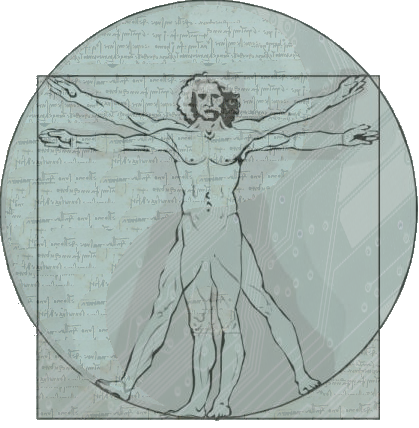
welcome [cs 522]
We position human needs and desires at the forefront of the design of computing. We develop the role of computing in human terms, as communication, through interaction. We consider context, culture, and theory, as we seek to frame novel interaction design. We develop strategies for working with data. We work to understand and incorporate the methodologies of state-of-the-art research, in defining our own.
This foundational methods course is project-based. Projects are conducted by student teams. The human-centered projects are design, data, and programming intensive.
We engage in iterative design and prototyping processes. We learn to gather and analyze data about human experiences to drive the conceptualization, design, and development of computing systems. Initial investigation into practice establishes needs and requirements. We invoke qualitative and quantitive evaluation methods, gathering and analyzing data to motivate and validate design.
We learn visual design, including principles of color theory, space, and layering. We learn principles of information structure and visualization. We develop UI programming techniques, such as using event handling to read from the mouse, keyboard, and other sensors.
We use computing to create new forms of human experience. We address social media, sensemaking, ideation, location, and tangible interaction.
Note: this course is English language reading and writing intensive. Critical thinking is vital.

